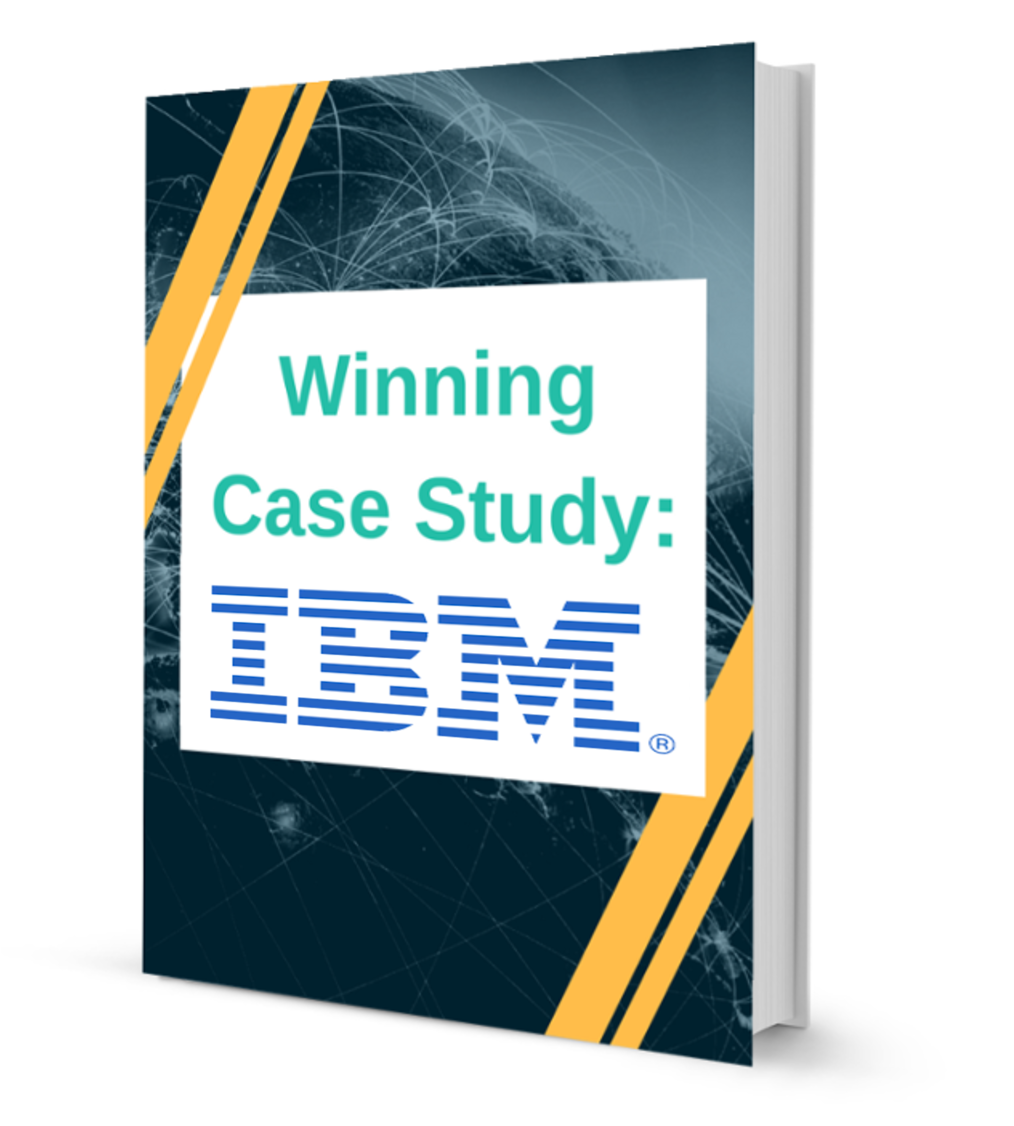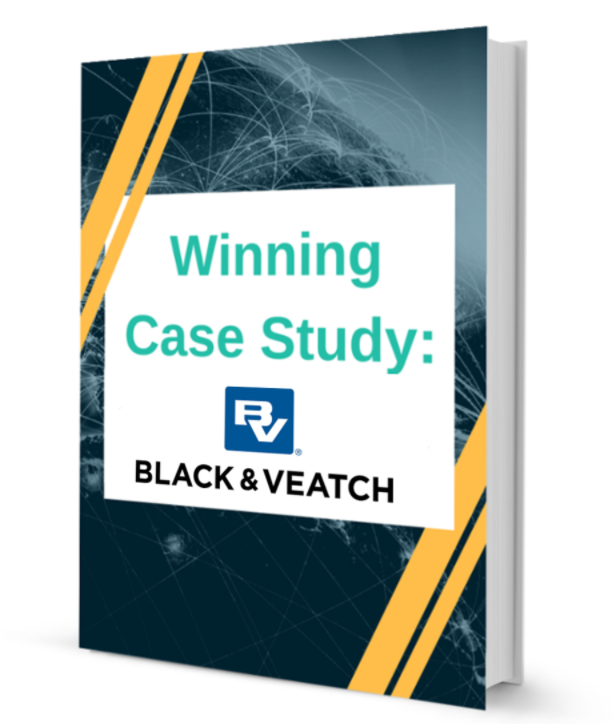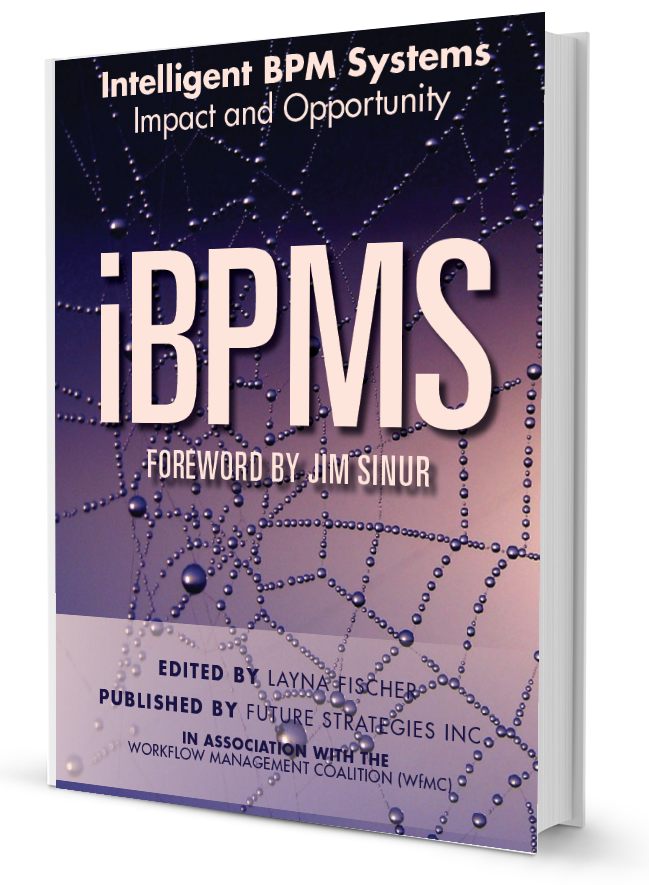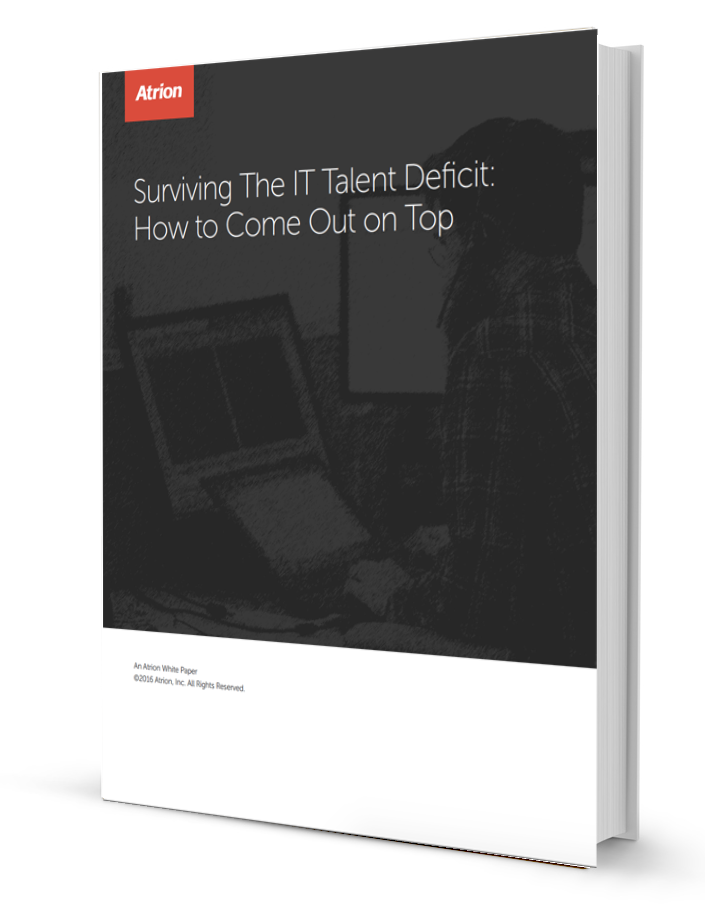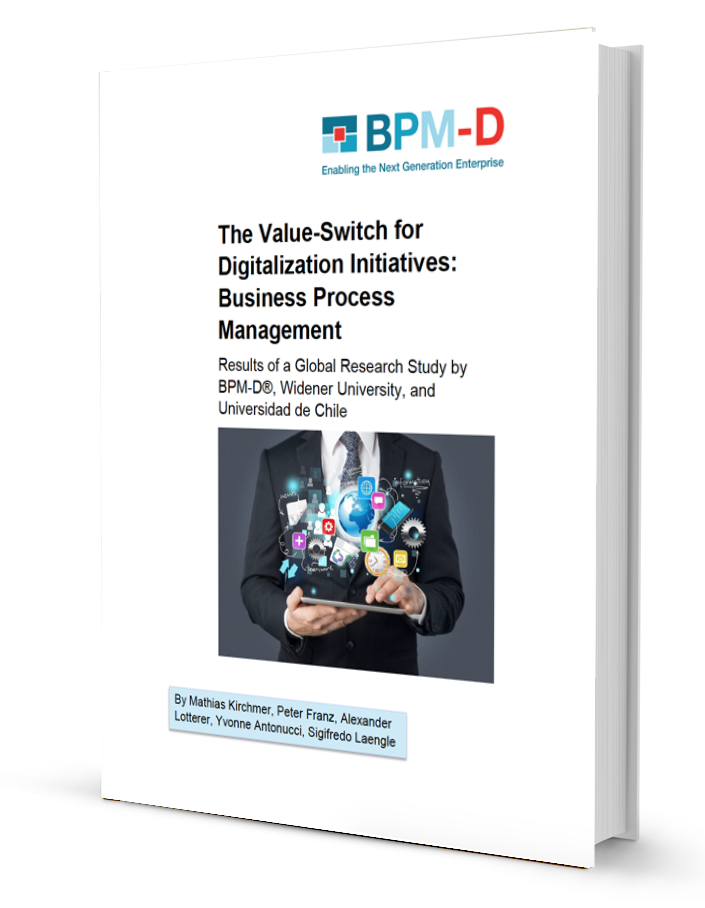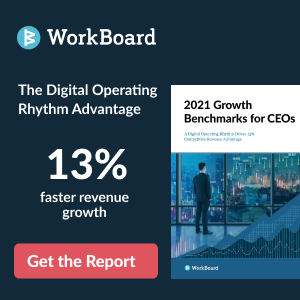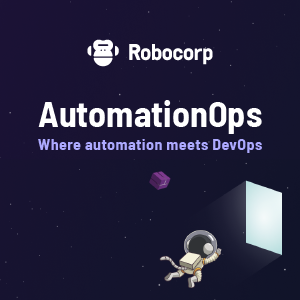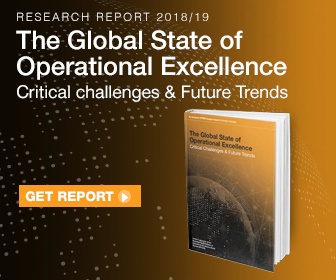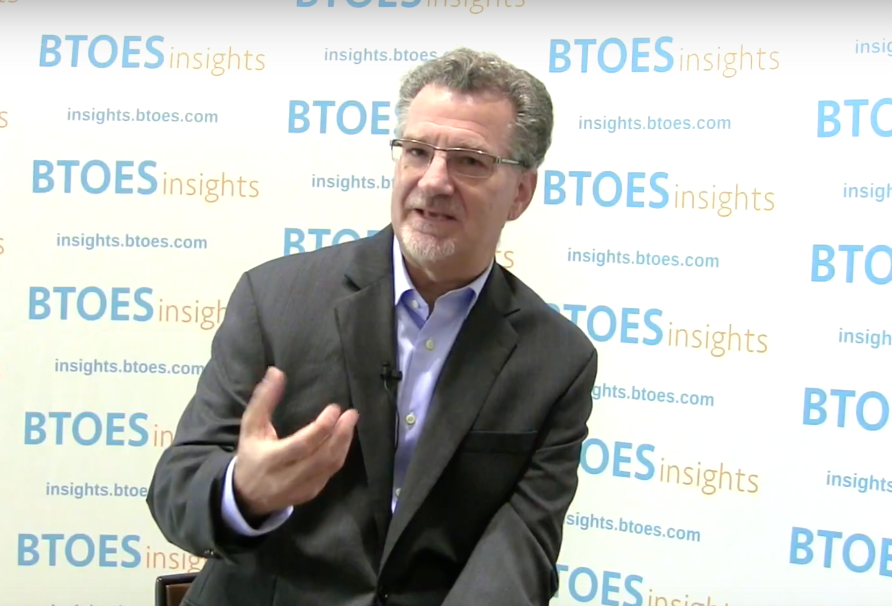Does your recruitment process suffer from one or more of the following issues? I am just providing an indicative list here, while there could be many more:
-
A low conversion of submissions to shortlist, and eventually low conversion to final offers
-
A significant number of candidates need to be lined up to close a position
-
A lot of elapsed time between CV shortlist to the final closure of the position
-
A lot of candidate records needing to be mailed to multiple stakeholders
-
Poorly designed applicant tracking systems that makes searching for candidates a laborious process
-
A not up-to date candidate database
-
A validation process that involves collection of a large amount of information from a candidate, with limited information of it being put to use anyway
-
A lot of efforts taken by the recruiter to schedule and coordinate for time slots with candidates and hiring managers
If your answer to any one of the above questions is yes, then your recruitment process is not “Lean” yet. I am sure that there are quite a few who would say that all of what I mentioned above still exists in their recruitment process, and they are identifying ways to fix these issues.
I plan to write a series of articles, on how to streamline a recruitment process with philosophies of Lean Management, the first of which is this article.
What is "Lean" in recruitment?
First things first. Let us define Lean. In simple terms, it is maximising customer value, with minimal waste. Value is always defined from the view point of the customer.
In a recruitment process, what could be value to the customer? If the hiring manager is able to find the candidate of his/her choice, without going through a lot of CVs and multiple rounds of interviews and meeting with candidates, then this would be of immense value. The most utopian situation would be to receive just one profile, who is a 100% fit for the requirement, have just one/two rounds of interview and then an offer is made. That is “Value” in the eyes of the customer.
What prevents value being delivered to the customer? The wastes in the work process. People who are familiar with Lean, know the Acronym “DOWNTIME” which lists down the 8 categories of wastes: Defects, Overproduction, Waiting, Non-usage of human capital effectively, Transportation, Inventory, Motion and Excess processing.
At the beginning of this article, I had raised a few points that most recruiters grapple with, and let me reflect back on these with the categories of wastes. Remember, the categories of wastes are just guidelines and one should not approach it in a straight-jacketed manner. As long as you recognize that a waste exists, it is immaterial which bucket you choose to put it in. The spirit is to identify the waste, and not to argue on the category it belongs to.
Coming back to the issues:
A low conversion of submissions to shortlist, and eventually to final offers
- This is a pointer that there is a waste of Defects in your system. This means t that the screening of candidates is not good enough both from a CV perspective as well as from a candidate validation perspective.
A significant number of candidates need to be lined up to close a position
- This is a pointer that there is a waste of Overproduction in the system. In a classic definition, overproduction means producing more than necessary or producing in advance of time. This is in some way related to defects, because there is a tendency to line up more candidates than necessary as the history might point to lower conversions. This could also be due to the way we organize ourselves and deliver on requirements. For example, if there is a tendency to batch similar requirements together, there might be a situation of overproduction
A lot of elapsed time between CV shortlist to the final closure of the position
- This is a pointer that there is a waste of Candidates waiting for feedback, recruiters waiting for feedback, hiring managers waiting to receive profiles…the list could be endless. The net result is an elongated recruitment process. The touch time for a couple of interviews is 2 hours, but you would see that most companies have a time to fill metric of 30 days! Most of this 30 days is consumed because of “waiting” at various stages
A lot of efforts taken by the recruiter to schedule and coordinate for time slots with candidates and hiring managers
- This is a pointer towards Not effectively utilized human capital. If a recruiter spends most of the time in chasing candidates, following up for interviews, following up for feedbacks etc, then we are not using the intellectual capital of the recruiter effectively. Chasing, coordinating, follow-ups are non-value-added from a competence perspective.
A lot of candidate records needing to be mailed to multiple stakeholders
- This is a pointer that there is a waste of Transportation. In the classic definition, material being moved around without any significant addition of value to the material would be classified as a waste of transportation. If you have a scenario where before every interview you are sending out heaps of information about the candidate along with the CV and other allied documentation like validation and feedback forms, then your process suffers from waste of transportation.
A not up-to date candidate database
- This is a pointer towards waste of Inventory. In classic definition, inventory points towards any amount of material that is excess over what is required to deliver value to the customer. In a recruitment scenario, a necessary inventory is an up-to date relevant candidate database. Anything over and above this, points to inventory. If it is not relevant and not put to use, the efforts towards building this inventory was in essence a waste.
Poorly designed applicant tracking systems that makes searching for candidates a laborious process
- This is a pointer towards waste of In the classic definition motion is nothing but excessive movement of people from their workplace to get their work done. In an electronic environment it would be the number of screens that you need to navigate, before you find an information that is relevant for you. If you do not have a proper indexed database with a very good quick search feature, you perhaps have waste of motion
A validation process that involves collection of a large amount of information from a candidate, with limited information of it being put to use anyway
- This is a pointer towards Excess processing. In definition, over processing is nothing but processing in excess of what the customer is willing to pay for. So, if you are actually collecting a lot more information than that is actually required to index, search and position a right candidate, then the process suffers from the waste of Excess processing
In the above explanations, I have given one example per waste just to give you a flavor of the wastes that can exist in a recruitment process.
Remember, the goal of Lean is to deliver value to the customer without any wastes in the process.
In my next article, I am going to focus on each category of waste, their root causes and ideas that can be implemented to eliminate/reduce these wastes
Proqis Digital Virtual Conference Series
View our schedule of industry leading free to attend virtual conferences. Each a premier gathering of industry thought leaders and experts sharing key solutions to current challenges.
View Schedule of Events

.png)
-1.png)













































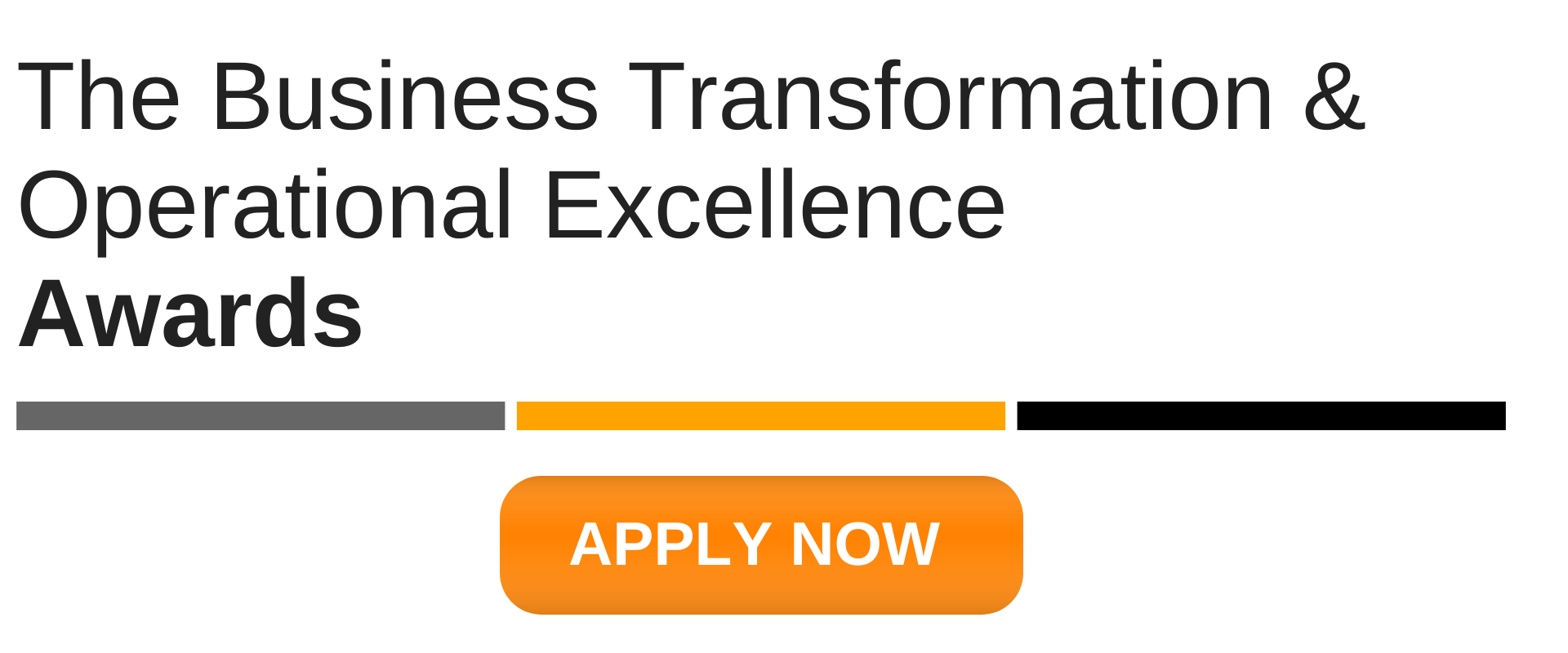

-2.png)
-2.png)
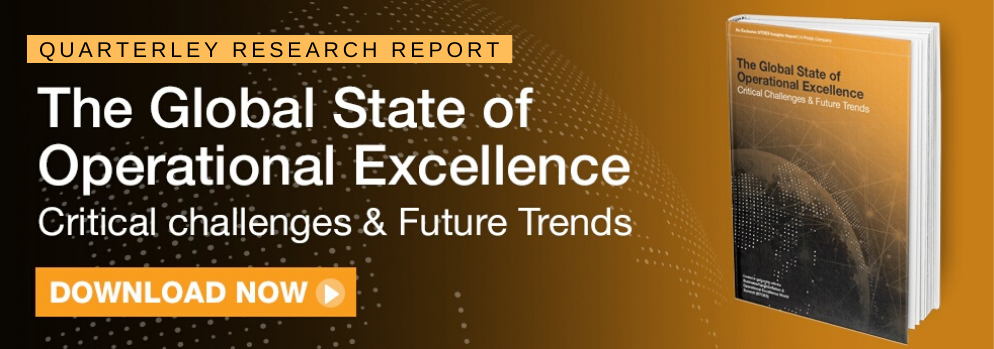




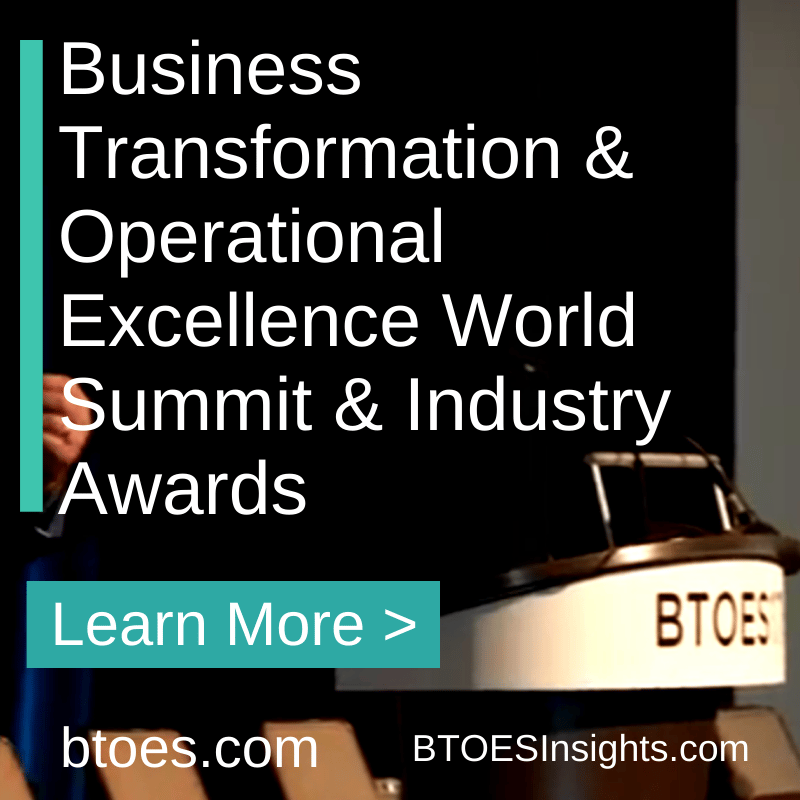
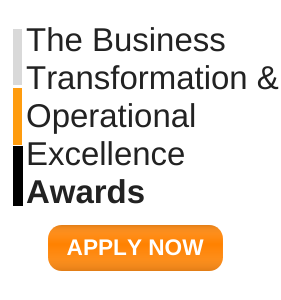
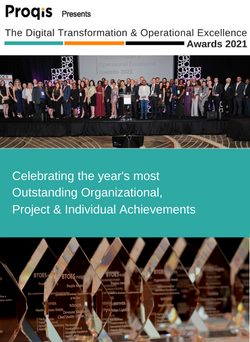
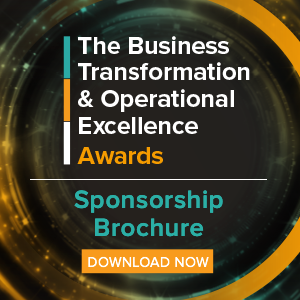
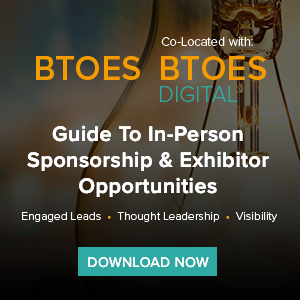
%20(1)%20(1).png?width=1410&name=Add%20a%20heading%20(8)%20(1)%20(1).png)



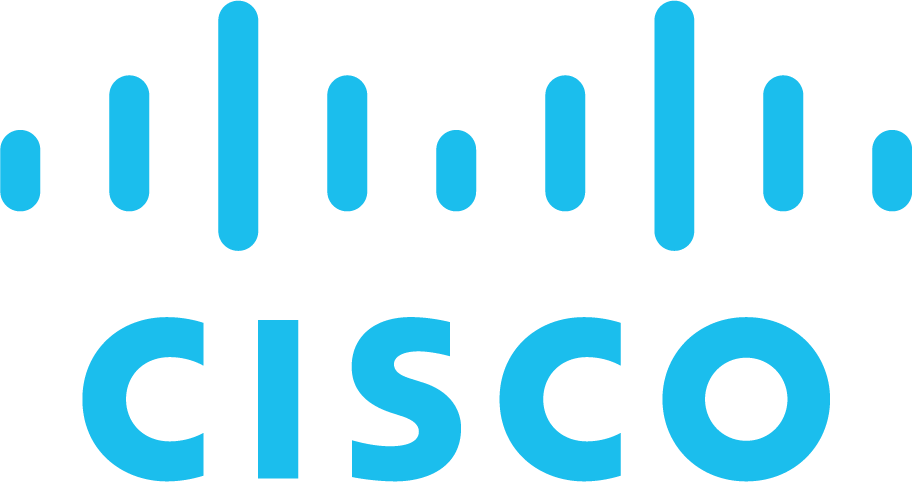
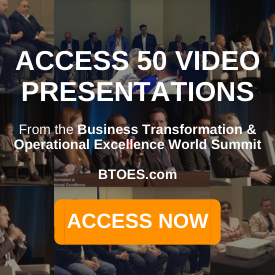
.png?width=300&height=300&name=LINKEDIN%20AWARDS%20GRAPHIC%20(1).png)
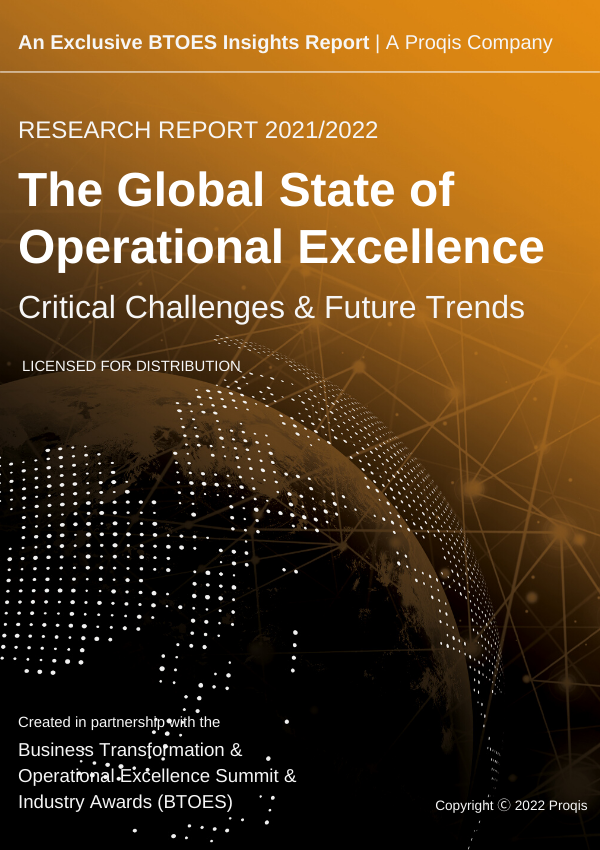
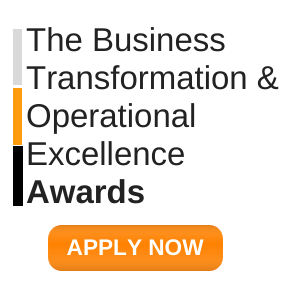
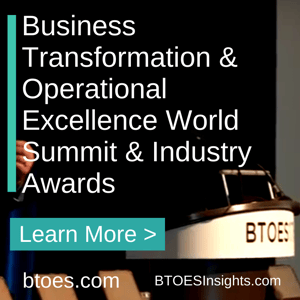

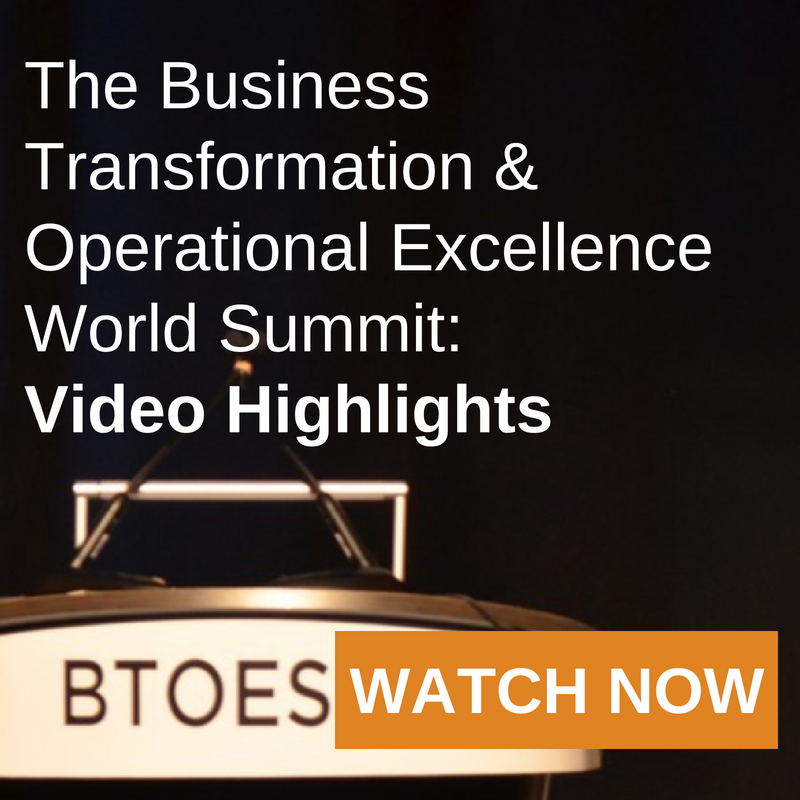

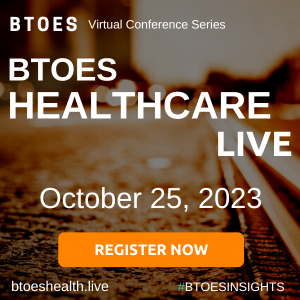
-1.png?width=300&name=ATTENDEE%20-%20Proqis%20Digital%20Event%20Graphics%20(2)-1.png)
-1.png?width=300&name=ATTENDEE%20-%20Proqis%20Digital%20Event%20Graphics%20(1)-1.png)
